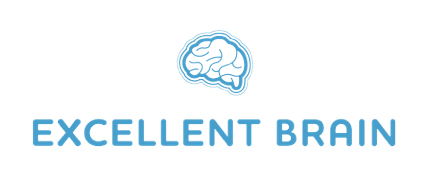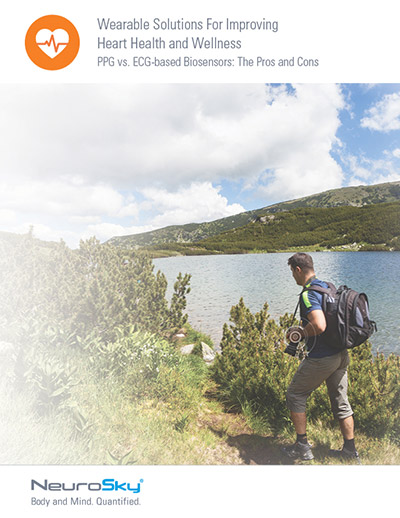Being able to track heart rate variability (HRV) is important for both athletes and average individuals interested in gaining a better understanding of their overall health and wellness. By tracking HRV, wearable and mobile device consumers can learn to identify outside influences that may be affecting stress levels, fatigue levels, and mood. While this data used to be difficult to obtain outside of a training facility or doctor’s office, advances in ECG sensor technology for wearable and mobile devices is changing that.
For users of ECG-enabled wearables to obtain the most useful data from their HRV, there are a few key considerations to keep in mind. In this article, we cover the primary factors that wearable users should account for in order to collect the most accurate information possible.
The Time of Day
The human body goes through a lot of changes as the day progresses. Because of this, wearable device users should consider tracking HRV at a consistent time of day—for example, first thing in the morning. Tracking HRV results at the same time of day will offer wearable and mobile device users a more accurate representation of overall trends.
Substances Ingested
Ingesting different food and substances can alter the body’s processes. For example, it’s typical to feel excitable and full of energy after having a lot of sugar, but after a big turkey dinner, it’s not unusual to want to fall asleep on the couch. With this in mind, it’s important for wearable users to take note of what’s in their body when tracking their HRV.
Movement
The amount of movement a wearable user goes through on a daily basis can affect HRV levels. If a user has a intense workout one day, and spends the next day in the office sitting at a desk, the readings each day are likely to be quite different. When tracking HRV, especially when using it to plan training and activity, this is an important consideration to keep in mind.
Mood
The mood a user is in can also affect their HRV. A user’s body is working at a different pace when they’re in a great mood than it is when they’re grumpy, and if they’re sad it’s different still.
Be Consistent
The most important thing to take away from these factors is that it’s always going to be in a wearable and mobile device user’s best interest to prioritize consistency when tracking HRV. With a better understanding of when they’ll be ready to take on the world and when they’ll need to focus on recovery, there’s no doubt that users will quickly notice a positive impact on their health.
To learn more about ECG sensors and the insights that can be gained through tracking HRV, be sure to download the free whitepaper, Wearable Solutions For Improving Heart Health and Wellness.



